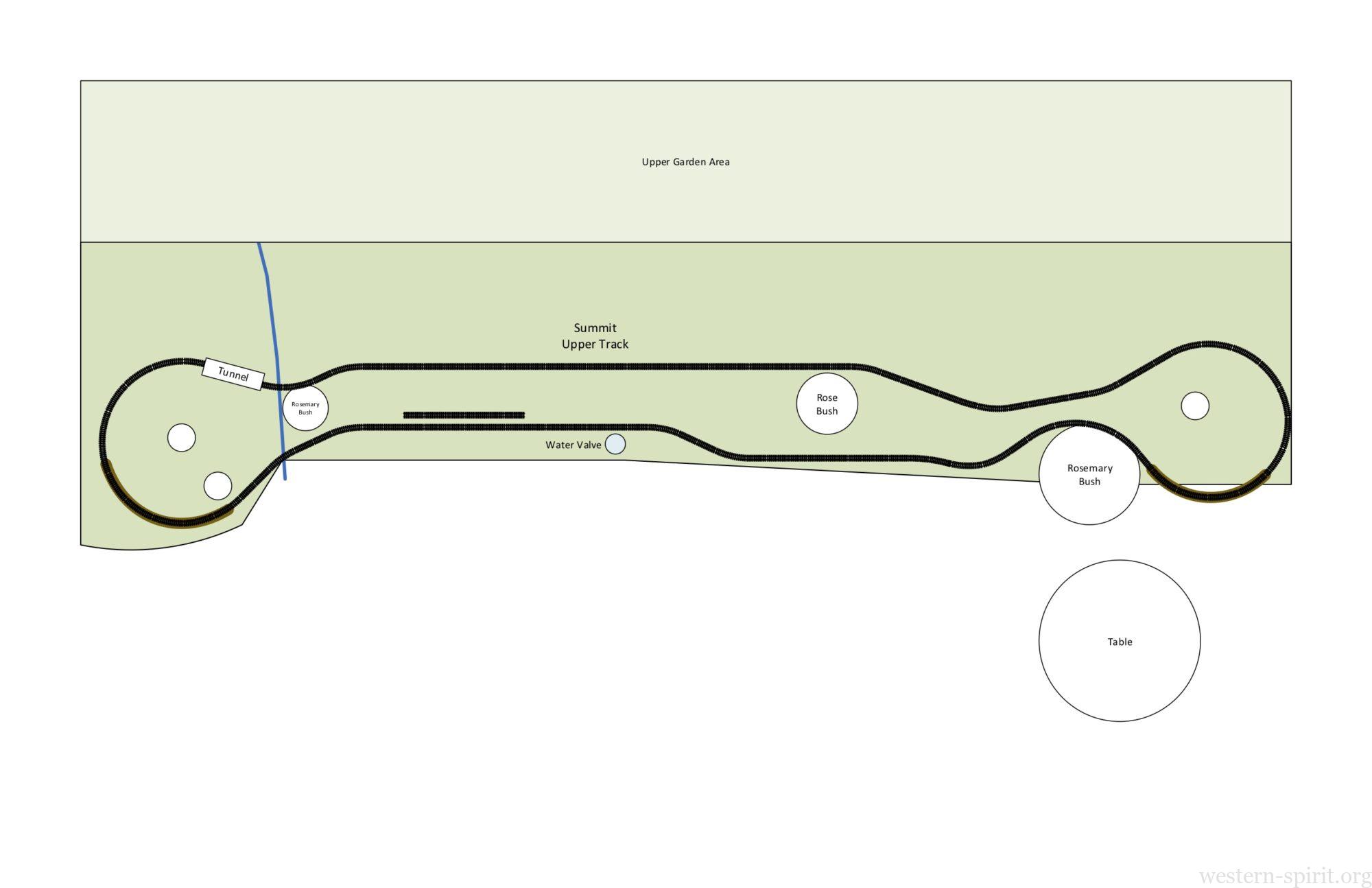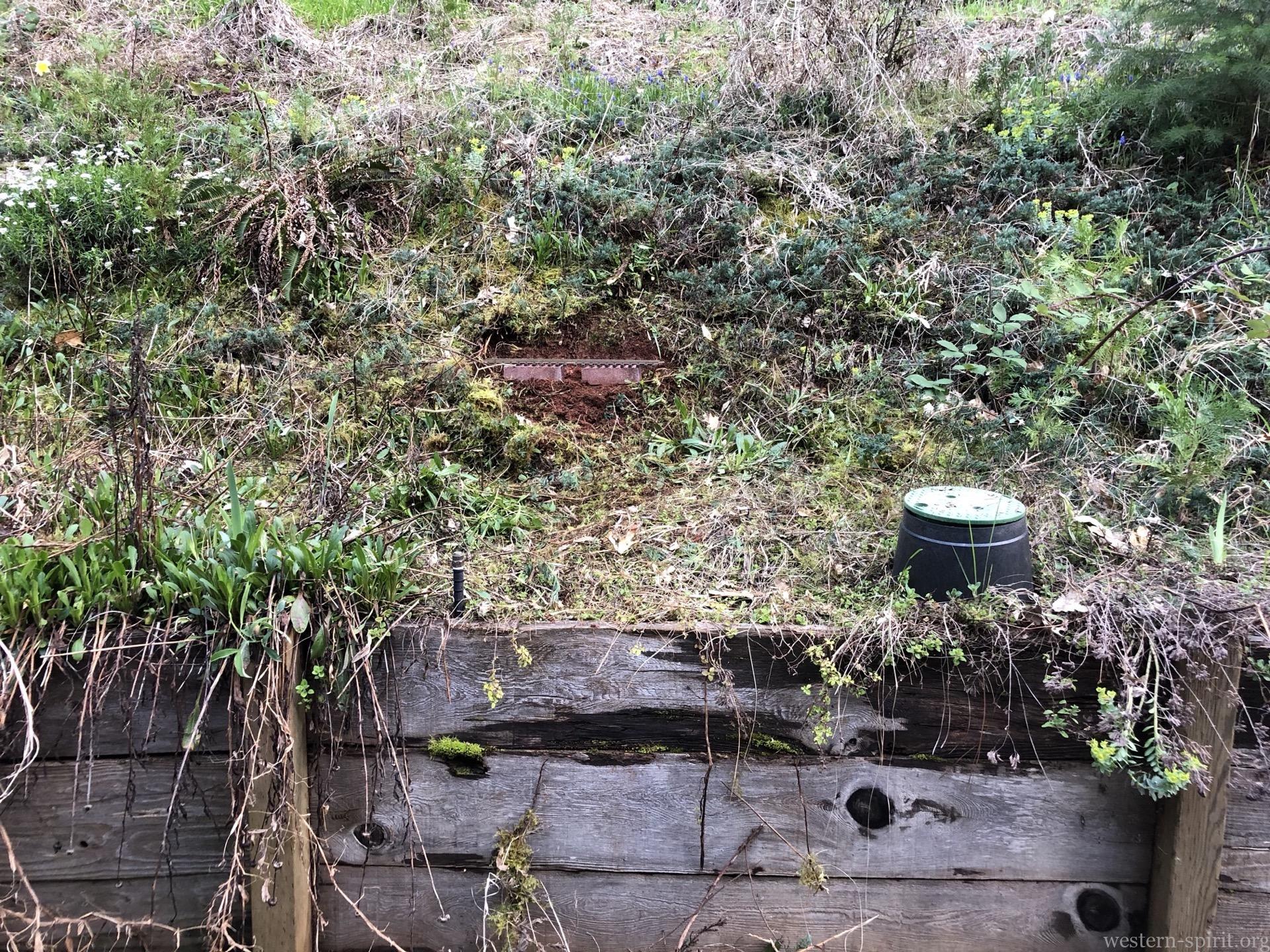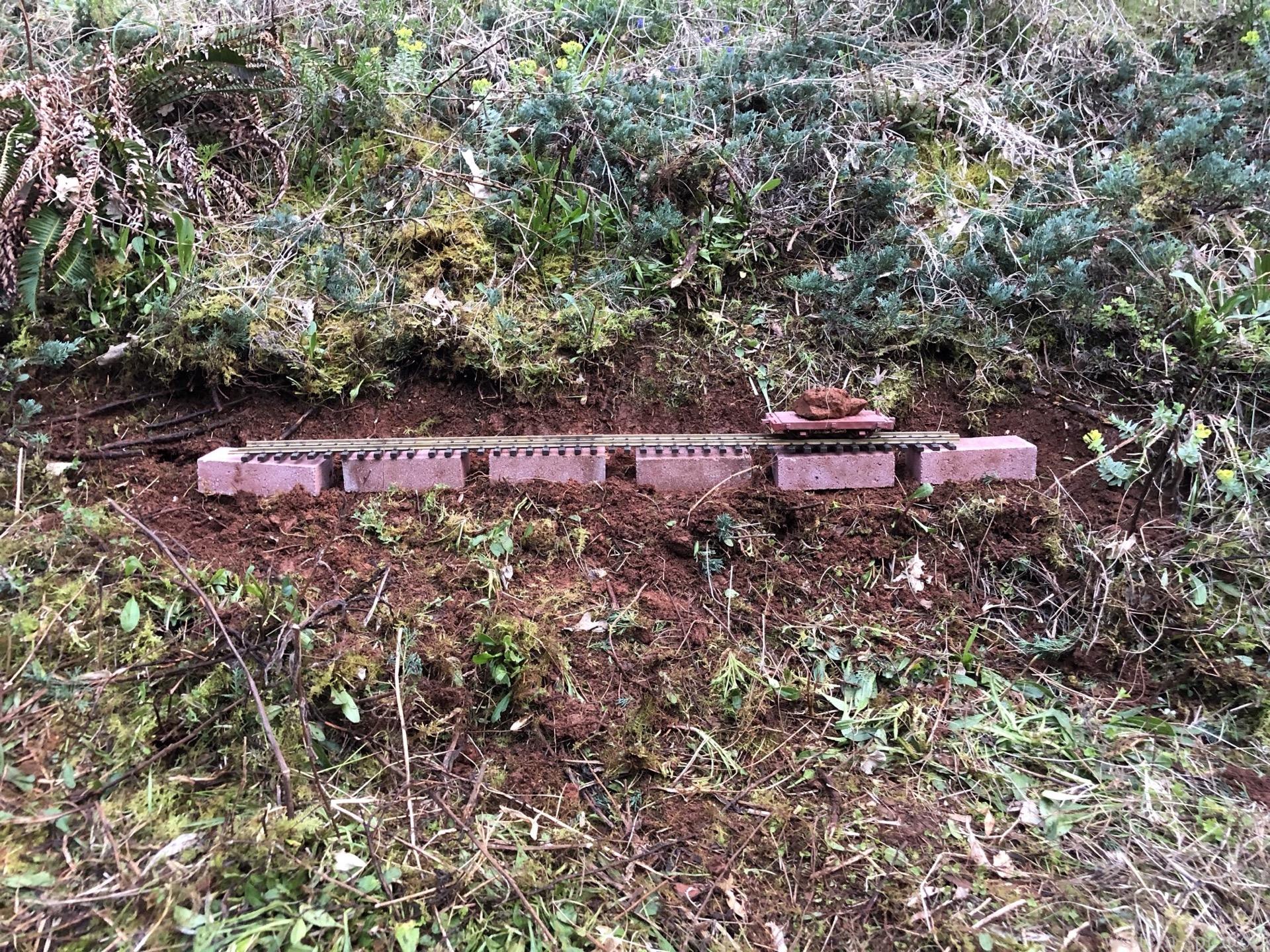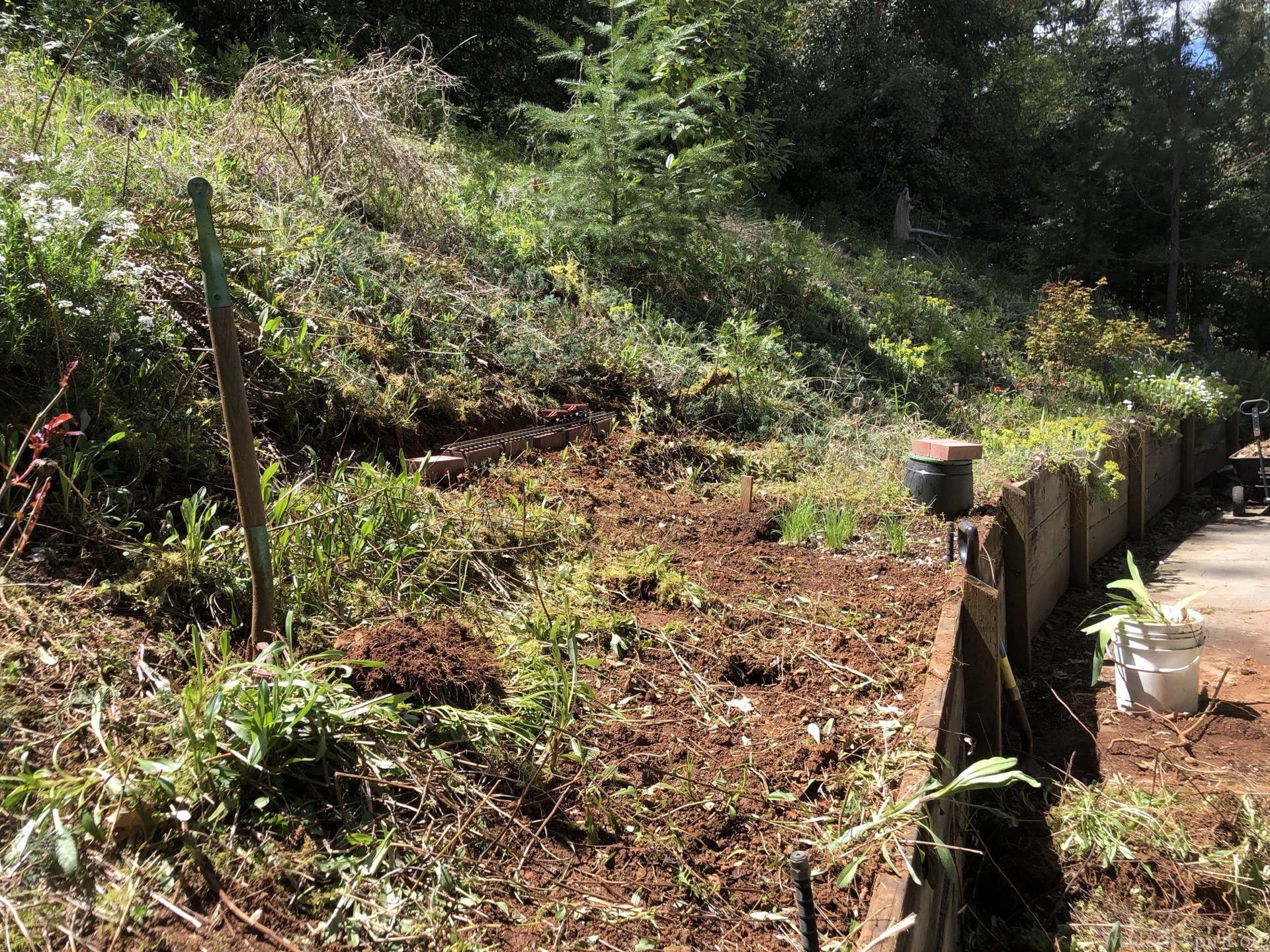Buy me a cup of coffee
A ridiculous amount of coffee was consumed in the process of building this project. Add some fuel if you'd like to keep me going!
Now that Spring is up on us, I am back to work on the garden railroad. This is the first post of many to come. In this post I will discuss the origins of the garden railroad project.
The garden railroad began with the remains of the “Churchill Eastern Railway”, a short lived exhibition railroad setup once a year near Fort Churchill, Nevada. These outings coincided with Desert Camp, an annual celebration of friends, nature, and exploration. At camp, the Churchill Eastern Ry. was operated as a way to pass the time. The roster was small, consisting of an Accucraft Ruby and a single flat car. Track was little more than a basic loop. The railroad operated 3 years without incident and it occasionally hauled a load of rocks, or a canned beer for novelty purposes.
On the 4th year of operation, the Churchill Eastern faced a real disaster. The normally idyllic desert, gave way to a sandstorm. In a flash, the railroad equipment, which was completely exposed to the storm, was disabled. The single flat car on the line was rehabilitated in short order. The locomotive however, would require a full teardown and rebuilding. The little railroad never recovered and the equipment was stored until a new home could be found.
Planning of a garden began as soon as we purchased the house. A garden area existed along the patio outside the dining room. The previous homeowners let that garden go for several years. What we inherited was a mess of overgrown plants. As soon as I began clearing out weeds and unwanted plants, I started planning the route of a simple garden railroad.

Once I had the basic track plan drawn up, I began cutting into the slope above the garden to lay an example track segment. When the first track was laid, I settled on using concrete bricks for the sub-roadbed. The brick will be filled in with dirt and stone ballast will be used for the final roadbed. Right now much of the railroad is running directly atop the brick.



I decided to keep the track plan simple and to use small equipment. At inception, the only piece of motive power was the Ruby. With a small locomotive and a 4-wheel flat car, I chose to base my equipment roster on a logging railroad that ran in Nevada County; the Towle Brothers Lumber Company. Rather than model the Towle Bros. outright, the plan is to capture the feel of a small lumber railroad in the Sierra Nevada range. Towle used 4-wheel cars similar to what I had and their locomotives were all small saddle tank locomotives, similar to Ruby in size.
To give the garden railroad a name, I researched the mines in our immediate vicinity. Though the Empire Mine is the best known, I determined the closest mine of note to our house was the Magenta Mine. The Magenta drains into Woodpecker Creek, which flows through the park near us. The Magenta never operated a railroad beyond the tramway used inside the mine. So the Magenta Mining & Lumber Co. was born, blending the real history of the mine, with a fictional railroad built to tap the available lumber along the ridge from the Magenta along Cedar Ridge to the south east. The intended time frame for the railroad is the 1880s, but I expect visiting equipment will play loosely with that time frame.
In the next installment: Equipment of the Magenta Mining & Lumber Co.
Start the discussion